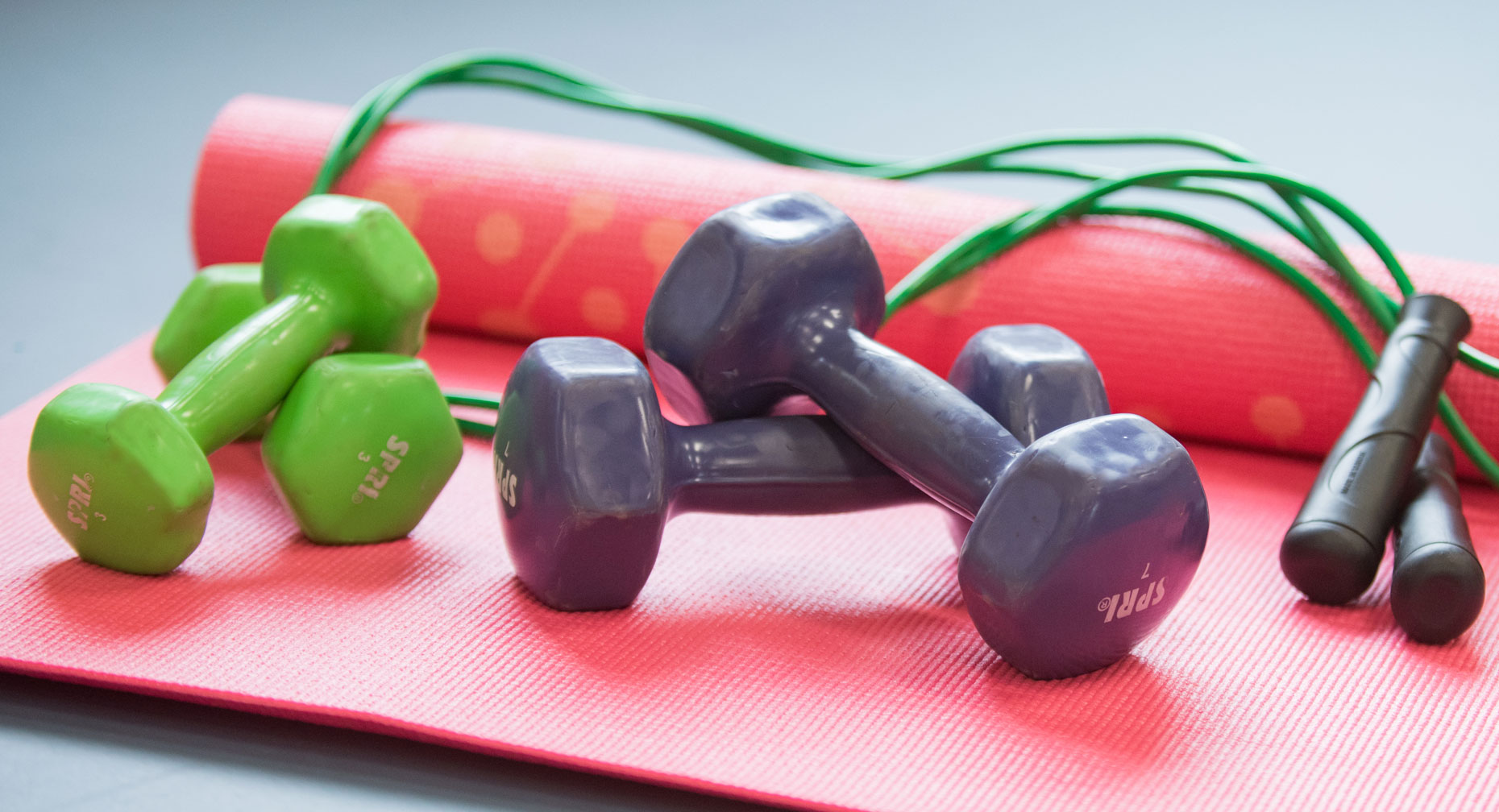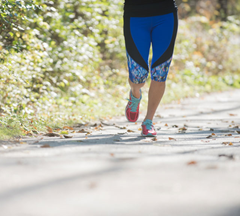Weighty Tips To Build Strong Bones

Find Your Perfect Match
Answer a few questions and we'll provide you with a list of primary care providers that best fit your needs.
Bone is actually living tissue and, yes, bone responds to exercise by getting stronger. (Is there anything exercise isn’t good for?!?)
Most young women who exercise regularly achieve greater peak bone mass (maximum bone density and strength) than those who do not. In general, women’s bone mass peaks in our 30s. After that, we can begin to lose bone. But the right kind of regular exercise can help prevent some of that loss.
So it’s clear: regular exercise is important for building strong bones when we’re younger, and essential for maintaining bone strength when we’re older.
As we age, bones can become very weak and fragile — a condition called osteoporosis, which often occurs after menopause. This bone-thinning disease puts you at a greater risk for broken bones and complications that come with broken bones. Regular exercise helps to ward off osteoporosis.
Bonus! Another benefit of exercise is that it improves your balance and coordination. Exercise is also good for your bones because it can help prevent falls.
Weight-Bearing Exercises
Many exercises are good for your heart and blood flow. But the best activity for your bones is the weight-bearing kind that forces you to work against gravity. When your feet and legs carry your body weight, more stress is placed on your bones, making your bones work harder.
High-impact weight bearing exercises give you the most return for your time investment. Pick your favorites from among these:
- Weight training
- Hiking
- Jogging
- Tennis
- Dancing
- High-impact aerobics
- Jumping rope
- Stair climbing
 Low-impact weightbearing exercises can also help keep bones strong. These are a safe alternative if you can’t do the high-impact exercises. Examples of low-weight exercises:
Low-impact weightbearing exercises can also help keep bones strong. These are a safe alternative if you can’t do the high-impact exercises. Examples of low-weight exercises:
- Fast walking
- Low-impact aerobics
- Using elliptical training machines
- Using stair-step machines
Women’s bone mass peaks in the 30s.
Tips for Safe Exercise
Your optimal goal is at least 30 minutes of physical activity on most days, preferably daily. And follow these recommendations:
- If you have heart trouble, high blood pressure, diabetes, or have any health problems including obesity, check with your health care provider before beginning a regular exercise program. Also, check with your health care provider if you’re 40 or older.
- Before using weights or pieces of equipment such as elliptical machines, get clear instructions about how to use them safely.
- Stop any exercise that causes pain.
Find Your Perfect Match
Answer a few questions and we'll provide you with a list of primary care providers that best fit your needs.
Source: National Institutes of Health; National Osteoporosis Foundation; American Academy of Orthopaedic Surgeons; US Surgeon General




